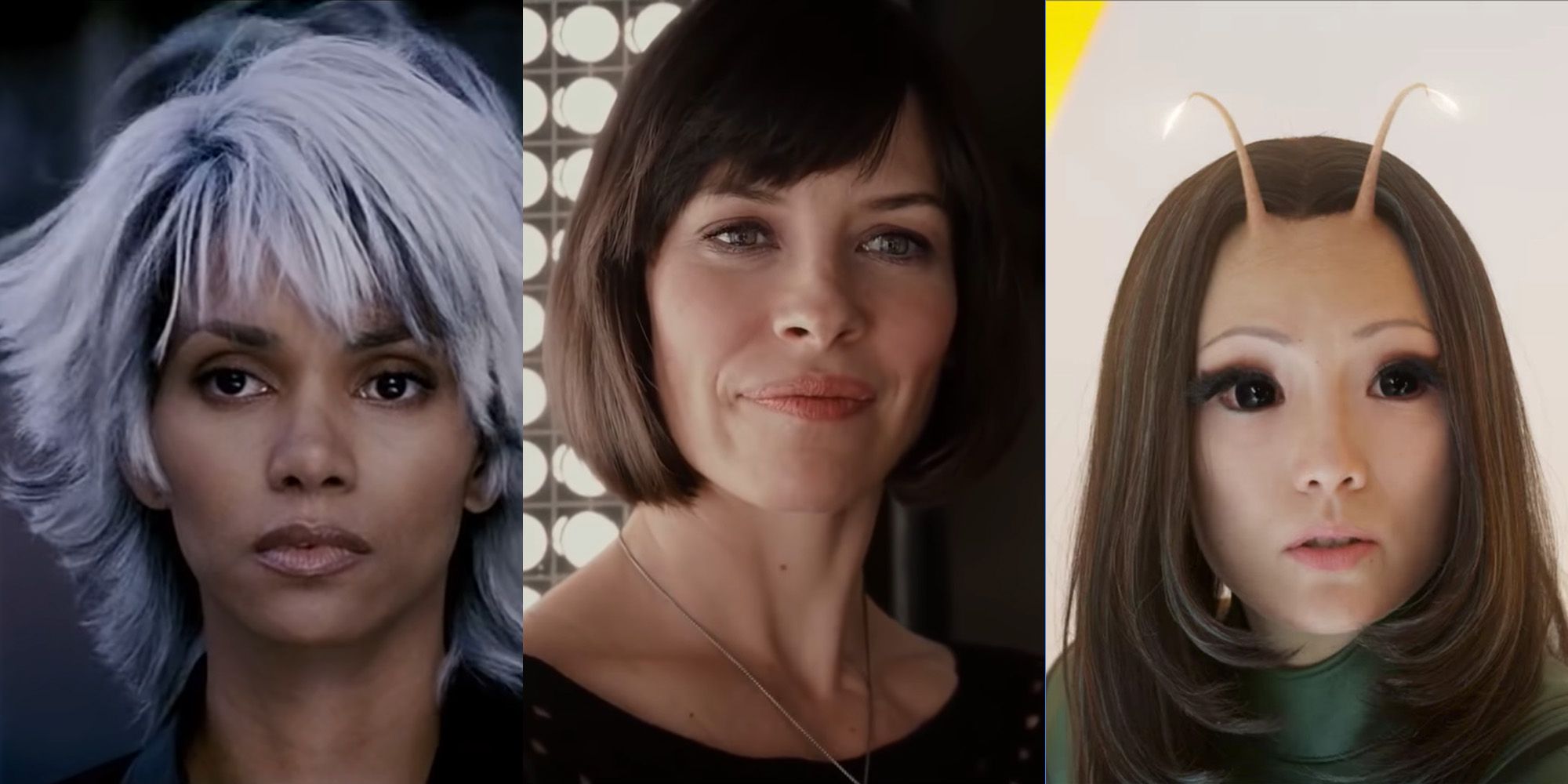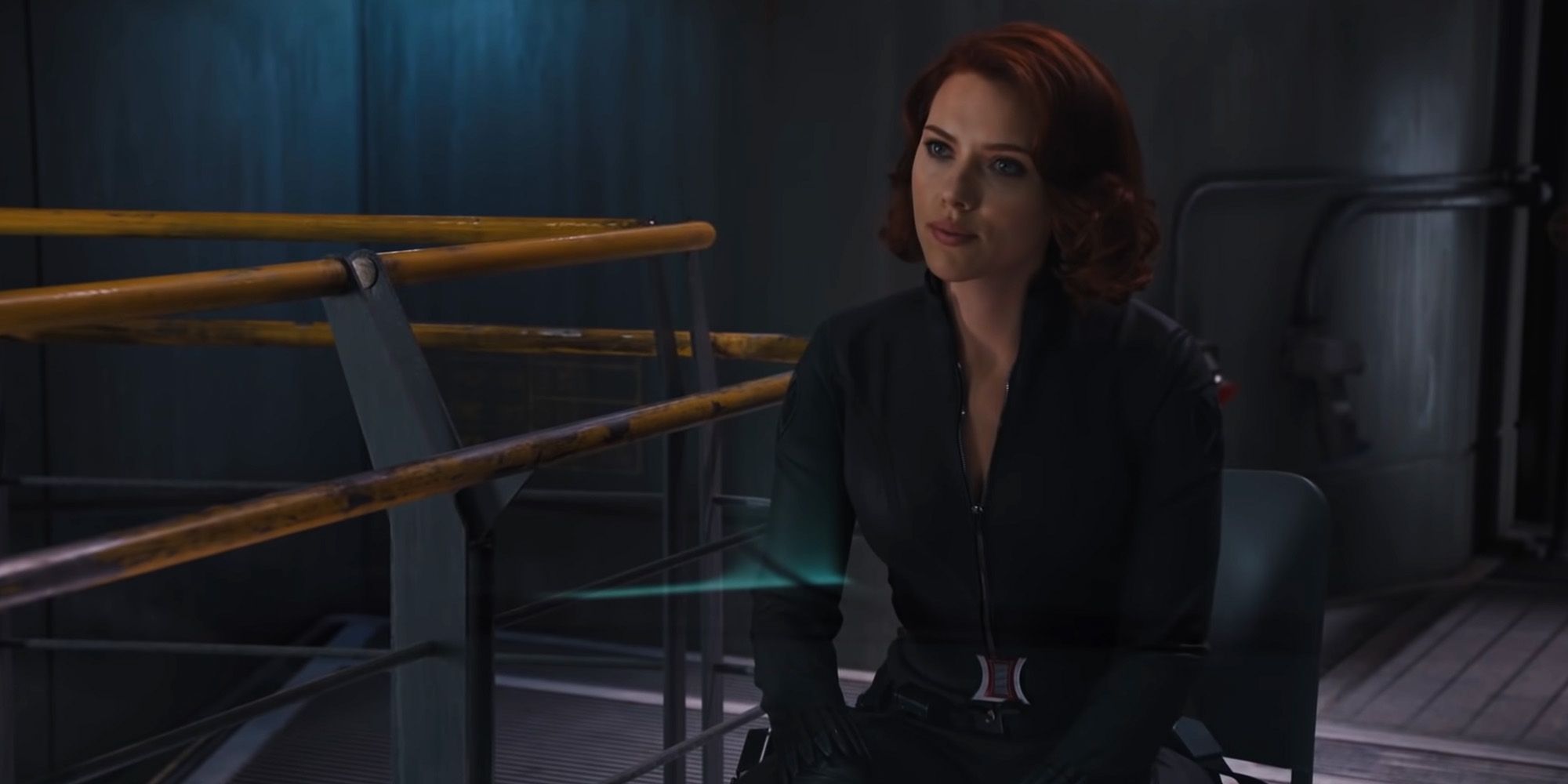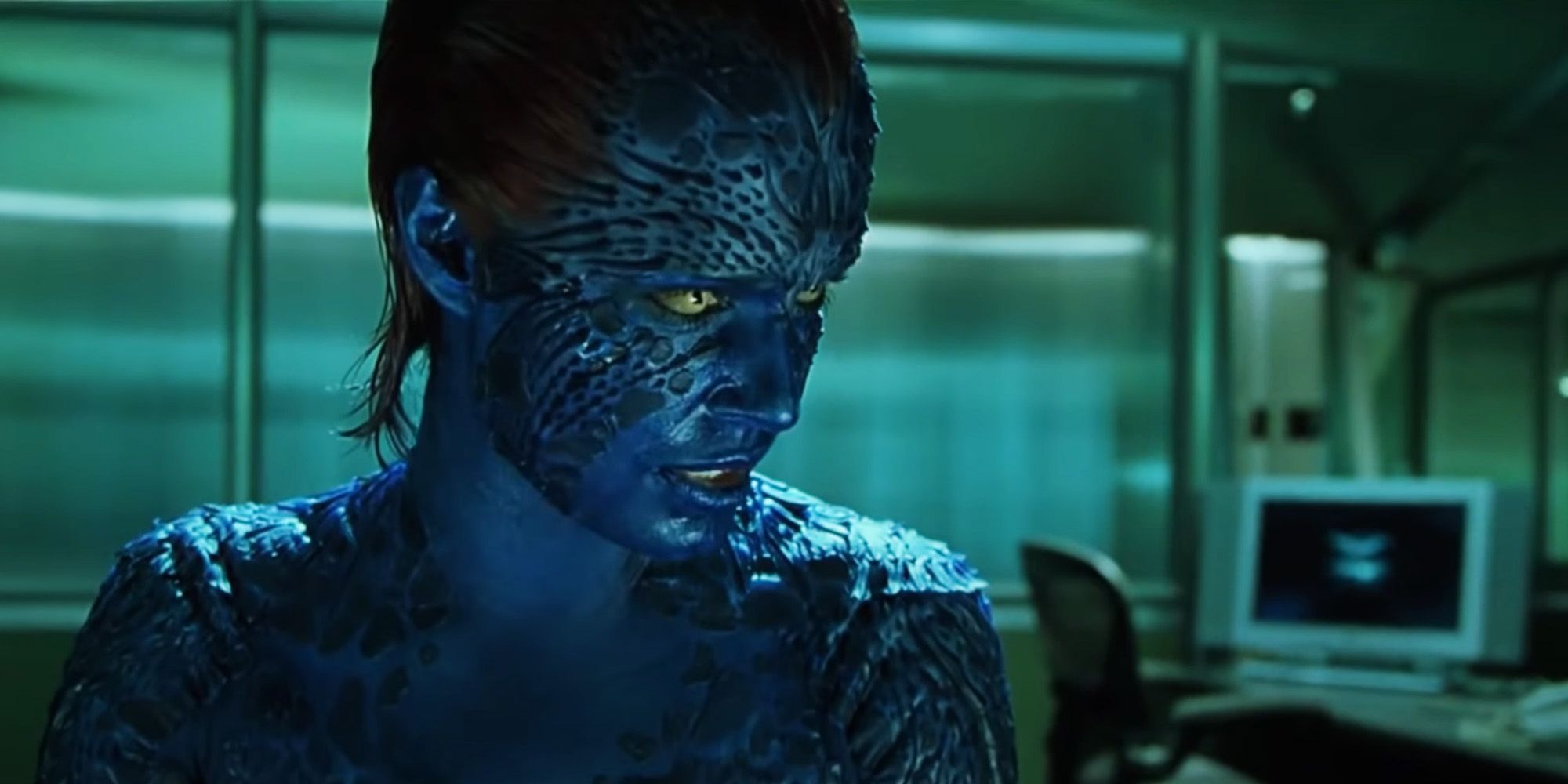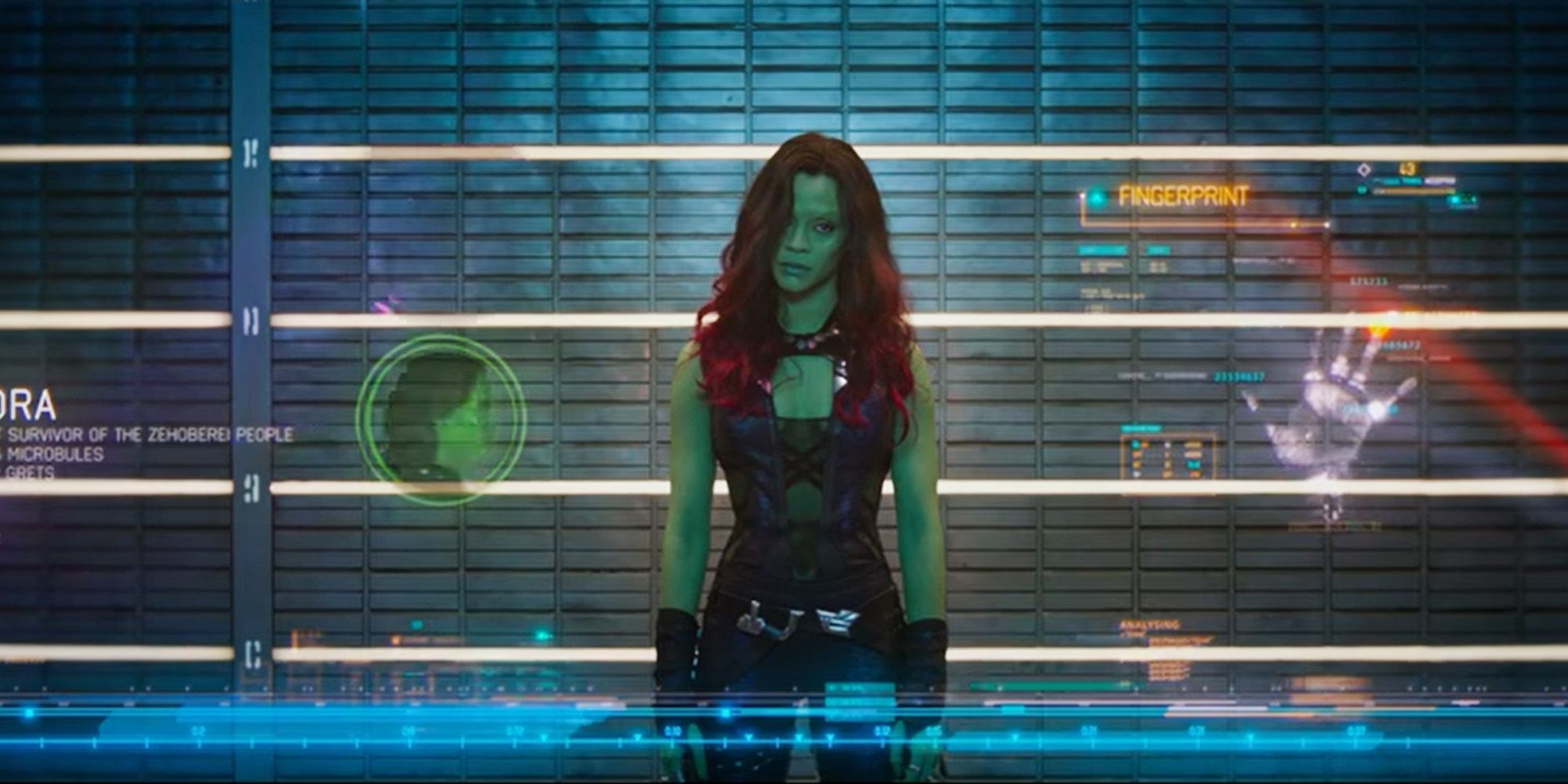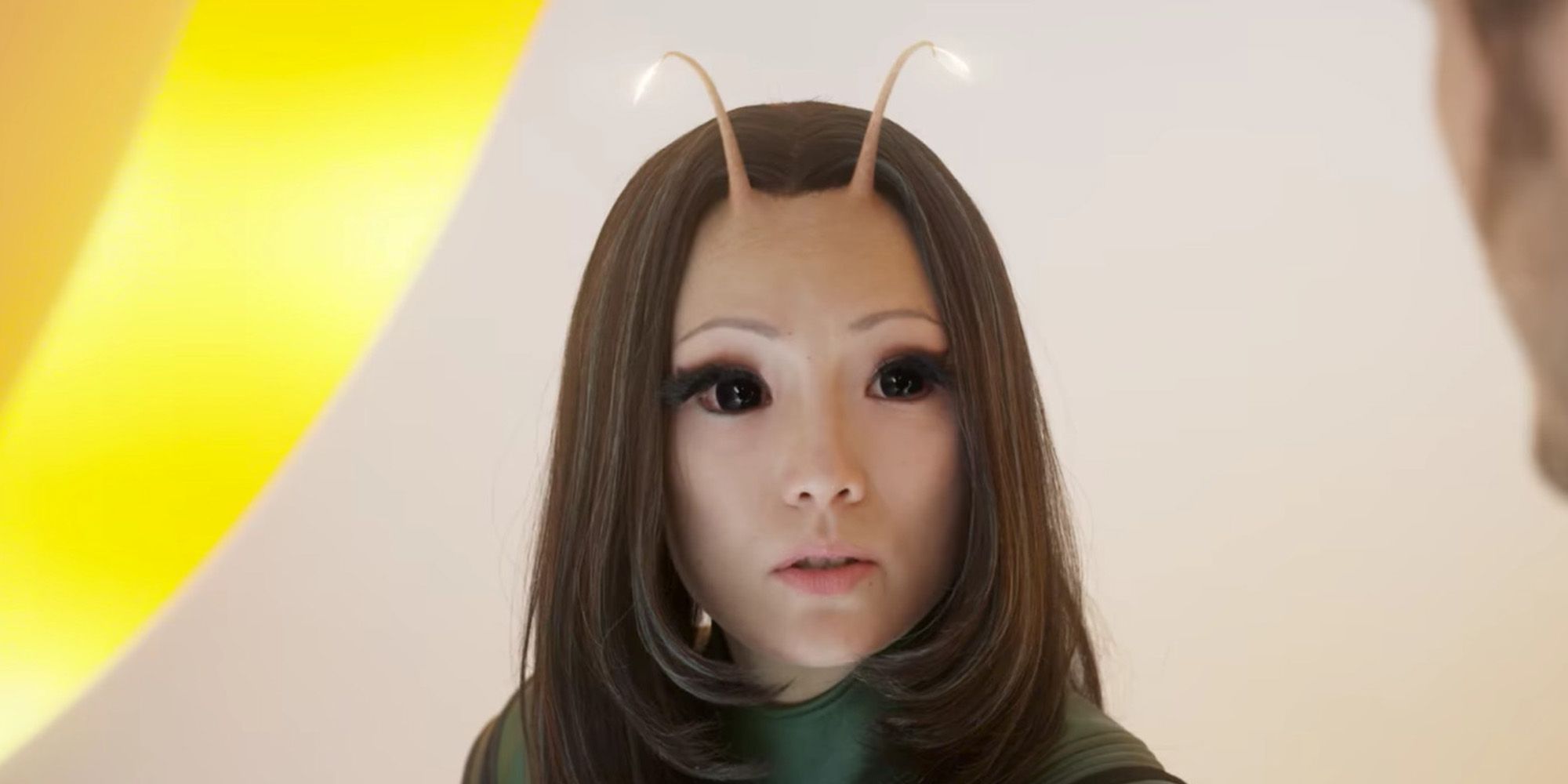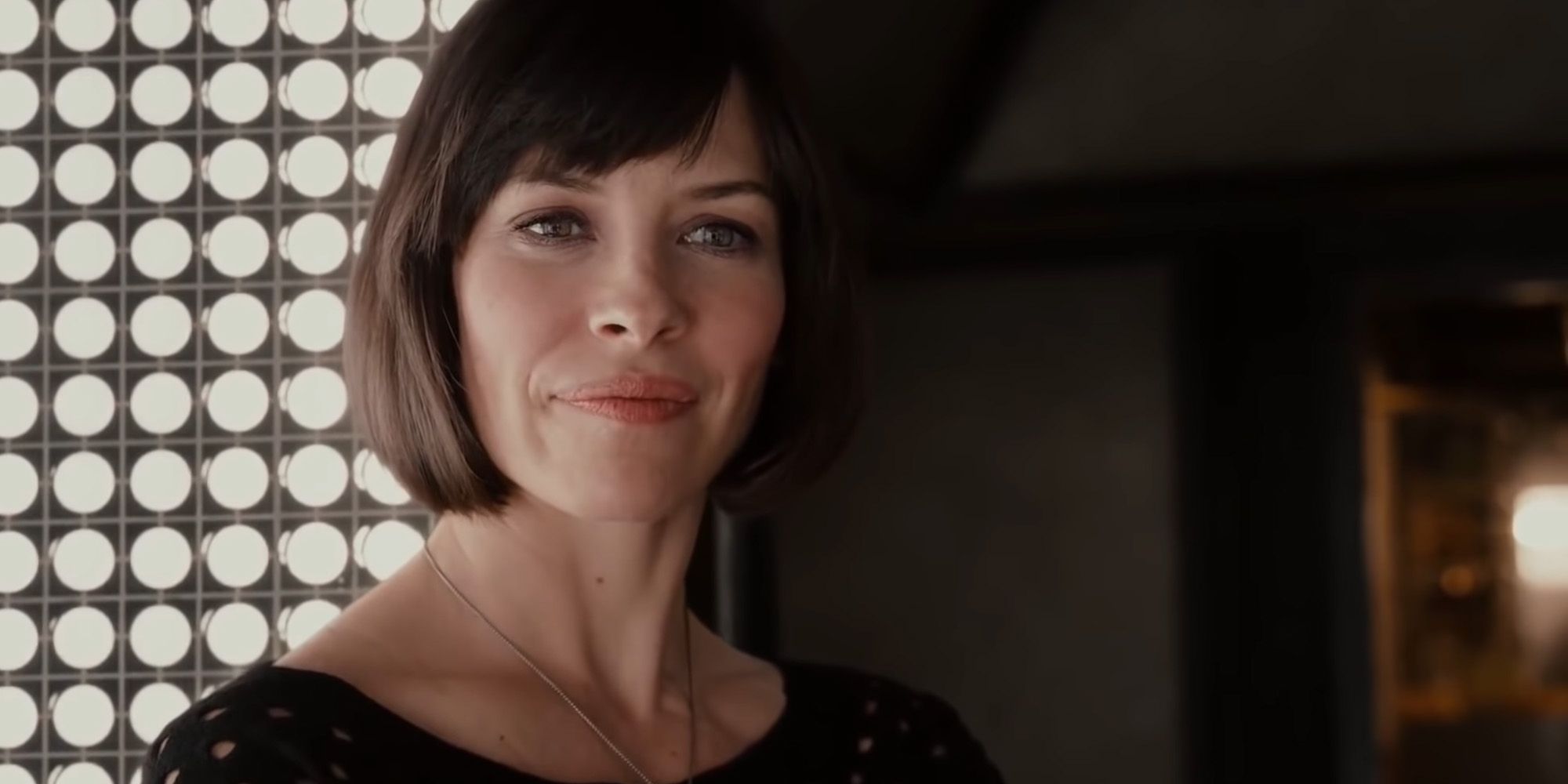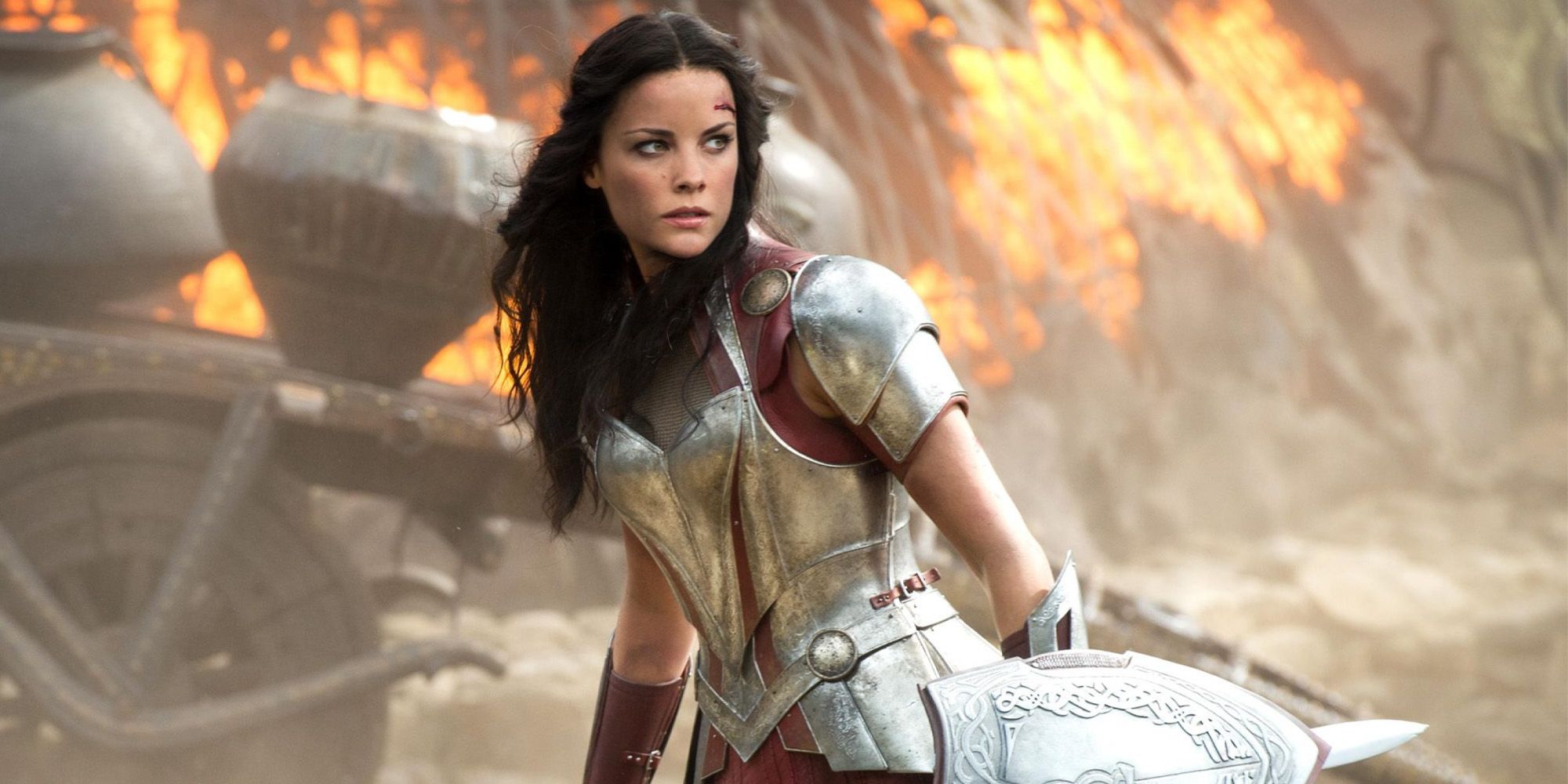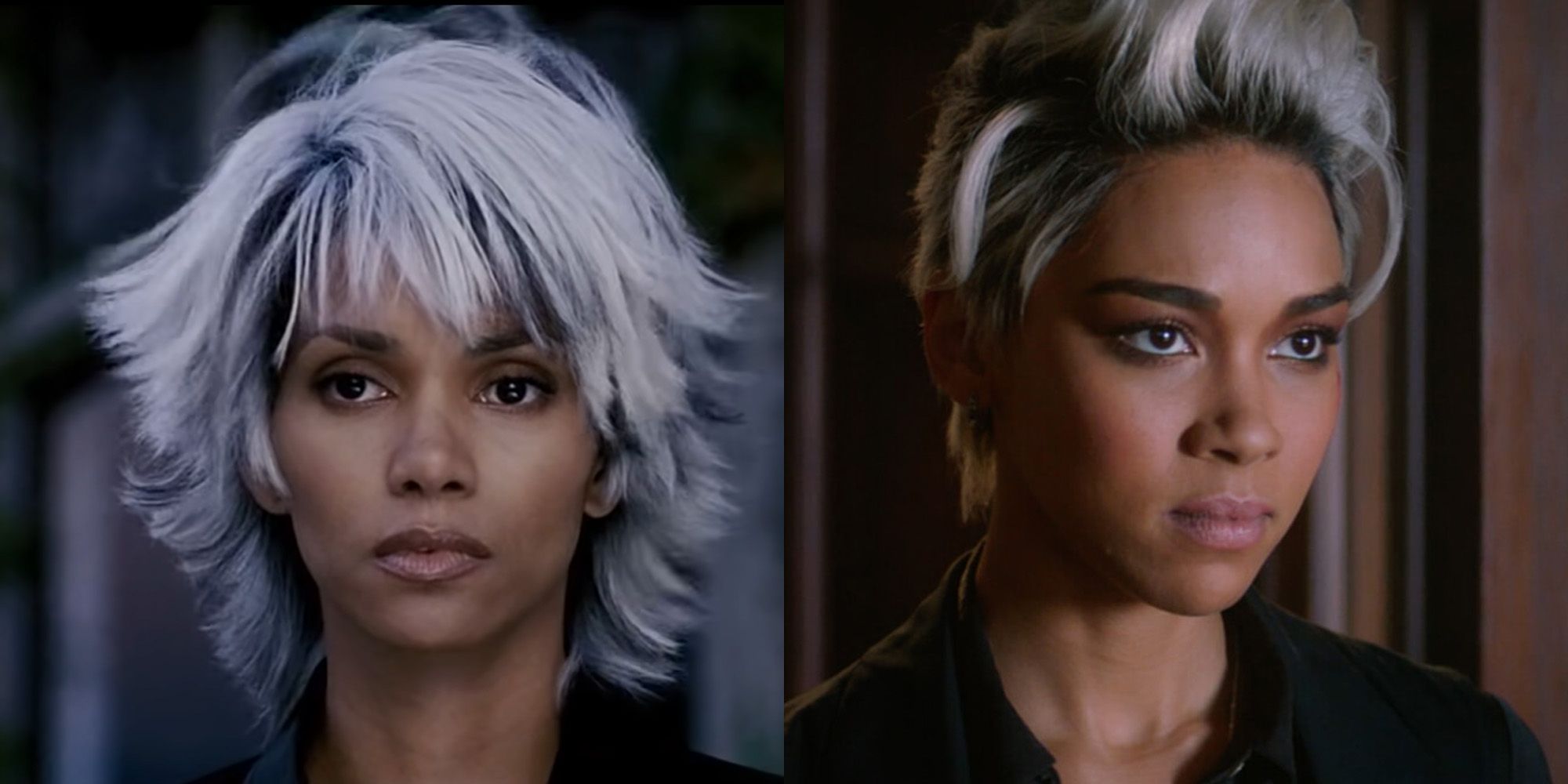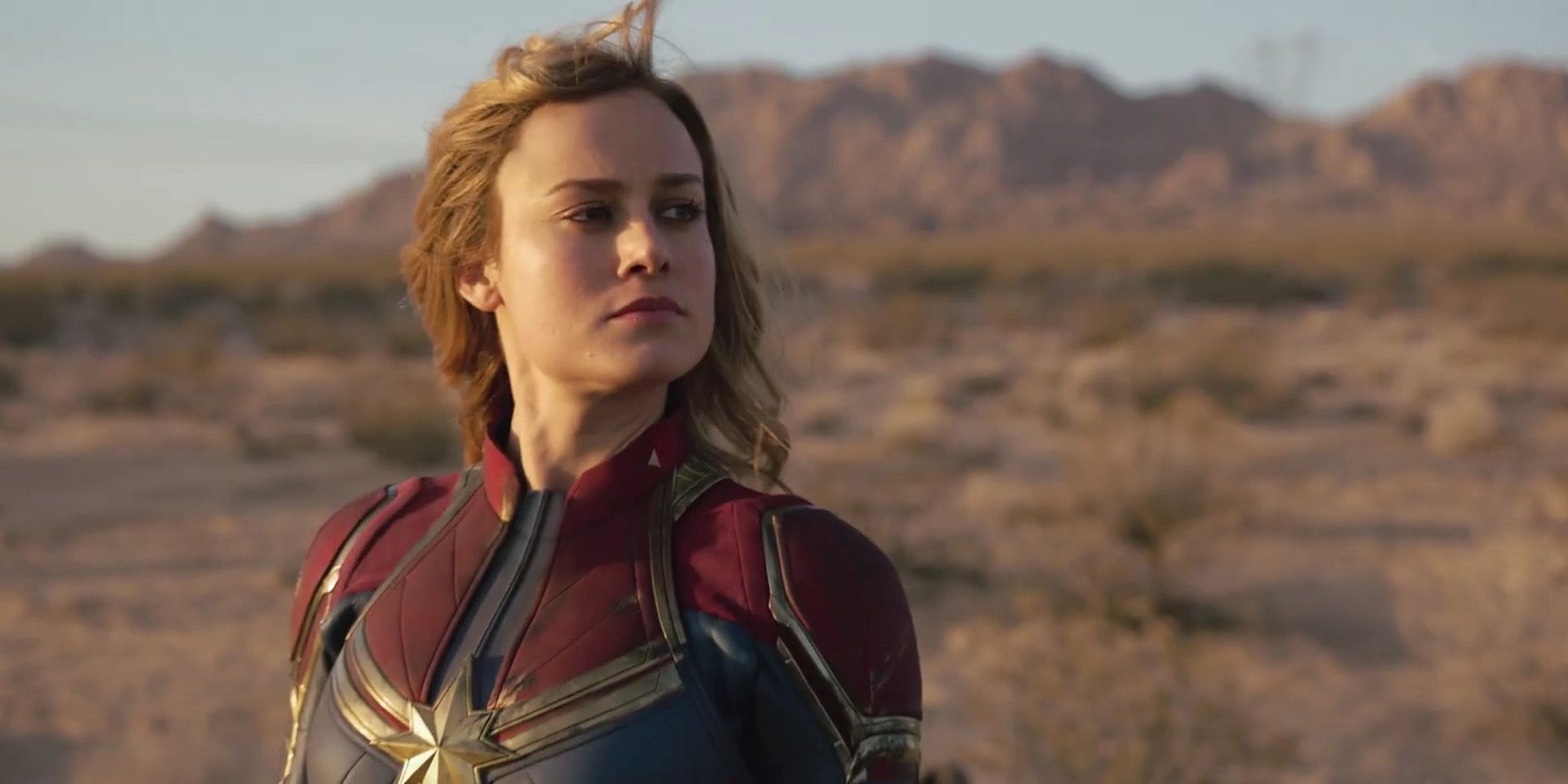It’s no secret that female superheroes are vastly outnumbered by male superheroes. Take the last 23 years of Marvel and DC films, and women in the spotlight are far and few between. With the breadth of the MCU and other Marvel franchises, directors and screenwriters have had every opportunity to include female heroes as more than just eye candy.
It took until Captain Marvel for a female hero to lead an MCU film, earning a mixed reception for its themes and message. These are eight characters beyond the non-superpowered love interests that were underserved by Marvel in the films before, and since, Captain Marvel. Some have since had some recovery, others have yet to be redeemed.
Black Widow - MCU
Since her MCU debut in Iron Man 2, Scarlett Johansson’s Black Widow has supported the boys for seven films, and it wasn’t until after the death of her character that she got her duly owed solo film. Compared to the growth of her male counterparts like Robert Downey Jr.’s Iron Man or Chris Hemsworth’s Thor, Black Widow crept along, consistently the badass super spy with red in her ledger and a reluctance to open up to anyone.
She doesn’t have superpowers, either, so while she can hold her own in a gunfight or fistfight, she’s overshadowed by the abilities of her teammates able to take on more faceless goons and have flashier battles. And while Downey Jr. and Chris Evans’ characters got their heroic sendoffs, Johansson’s character was killed off to fulfill a puzzle, and to motivate the men.
Mystique – X-Men Original Trilogy
Mystique’s design in the X-Men films is worlds different than her look in the comics – in the comics she gets to wear clothes (egregiously form-fitting, but clothes nonetheless). Rebecca Romijn’s character serves as more of a minion to Sir Ian McKellen’s Magneto, certainly moving the plot along with her versatile shape-shifting power. Jennifer Lawrence's portrayal in the reboots sees a massive improvement done with her depth and role in the plot.
With very few lines, though, Romijin's Mystique is much more of a tool than a dynamic character. It doesn’t help that come her role in The Last Stand, she’s robbed of her mutation and unceremoniously abandoned by Magneto the second she becomes useless. It also doesn’t help that she’s a heavily sexualized femme fatale, relegated to tricking and deceiving several men to achieve her goals.
Gamora – MCU
Zoe Saldana’s Gamora is another badass of few words, playing second fiddle to Chris Pratt’s Starlord in The Guardians of the Galaxy films and briefly in Infinity War and Endgame. Yet another lone girl on a team of boys, she also serves as Starlord’s love interest. She’s not the leader or the protagonist and she doesn’t have to be, but after two films as the subplot, Gamora’s story finally takes center stage in Infinity War.
Only to be sacrificed to motivate Thanos (Josh Brolin), in the exact same manner as Black Widow one film later. She’s killed off and brought back, unlike Black Widow, as a version of herself from an alternate timeline before all her development that occurred in Infinity War.
Mantis – MCU
Pom Klementieff’s Mantis debuts in Guardians of the Galaxy Vol. 2. She’s a socially stunted servant to the villain of the movie, and the butt of several jokes that go over her head in that film and in Infinity War. She is also a victim of “The Snap,” disappearing with nearly every other character who wasn’t part of Phase 1.
Mantis’ departure from her comic book counterpart turns a self-actualized hero with agency and a mind of her own into a naïve and weak-willed possession of the villain. She has her moments, like in the fight against Thanos in Infinity War, but a female character, and originally a human POC, the films did not grant her the respect she deserves. She's set to have a bigger role in Vol. 3, that hopefully better reflects her powerhouse comic-book counterpart.
Hope Pym/The Wasp – MCU
Movie poster controversy aside, Evangeline Lilly’s character in Ant-Man and The Wasp suffers the same fate as many female support characters to a male protagonist. Like Wyldstyle (Elizabeth Banks) in The Lego Movie or Trinity (Carrie-Anne Moss) in the Matrix franchise, these highly capable women are left to train the chosen one, deigned by the narrative to save the day instead of their teachers.
There’s nothing wrong with Paul Rudd’s Ant-Man, but the plot of Ant-Man and The Wasp leaves the question hanging of why he’s the hero when she could have carried the film. Pym’s character is in the same vein as other women of the MCU like Pepper Potts (Gwyneth Paltrow) and Maria Hill (Cobie Smulders), cleaning up the messes the male heroes leave in their wake.
Lady Sif – MCU
Sif (Jaimie Alexander) appeared in Thor, Thor: The Dark World, Agents of Shield and as a cameo most recently in the Disney + series Loki, to kick ass, and lose her memory. She can go toe to toe with Thor, and her personality traits are strong, silent, and badass. Sif and Thor’s relationship gets plenty of development within the comics along with her and the rest of the Warriors Three with barely any love in the Thor movies.
Sif is neither the protagonist nor the love interest, to her detriment. Without an appearance in Thor: Ragnarok and an upcoming reappearance in Thor: Love and Thunder, her character’s development has a lot of catching up to do.
Storm – X-Men Franchise
Storm in both the original trilogy and the reboots has always been a supporting character, popping up where necessary and convenient to use her magnificent weather powers to advance the plot. Played by Halle Berry and later Alexandra Shipp, she’s there to look cool, spout some exposition, fry bad guys with lightning, and occasionally pilot.
For a major X-Men character across so many films, writers have had many opportunities to give Storm more to do, more to say, and more to be, squandering chances every time. Her brief venture as one of Apocalypse’s (Oscar Isaac) horsemen still doesn’t do much to develop her character.
Captain Marvel – MCU
What’s the problem with Captain Marvel? She got her own film, stands as a bastion of female superheroes, and got to get in the last hit on Thanos’ ship in Endgame. Brie Larson’s starring role as the pilot-turned-space-police was met with much critical controversy, some of it deserved, some of it not. In the film Captain Marvel, Larson’s character suffers from amnesia, leading her to discover herself alongside the audience.
Amnesiac characters have been done before, as in Memento, but Marvel’s personality and agency suffer from this narrative choice. Instead of a first act where she’s using her talents to escape captivity like Tony Stark in Iron Man, defining who he is, what he’s good at, and making him question what he stands for, Marvel is dragged around the plot picking up puzzle pieces of information in all her stoic glory. With her upcoming sequel, Marvel still has plenty going for her.

